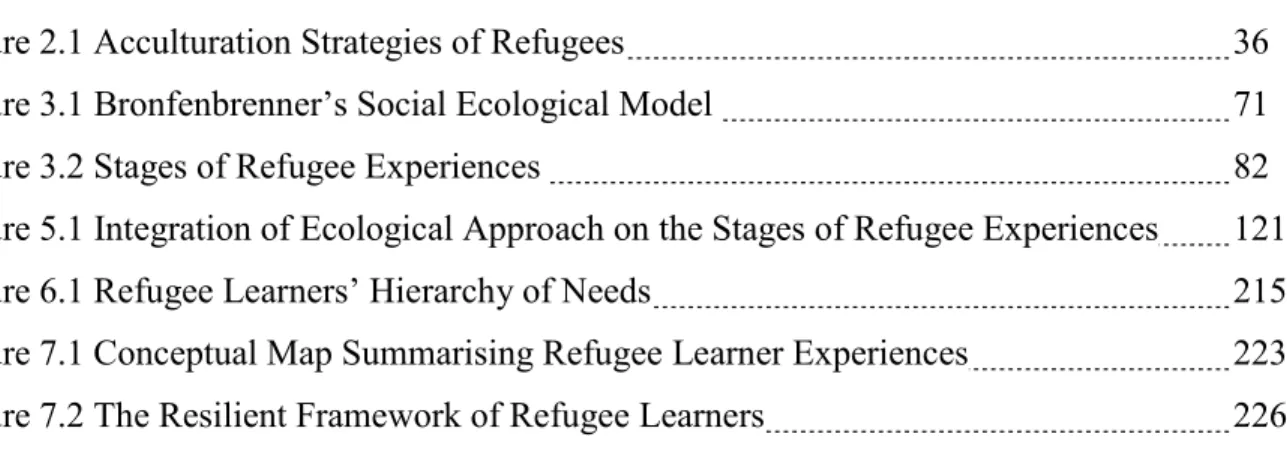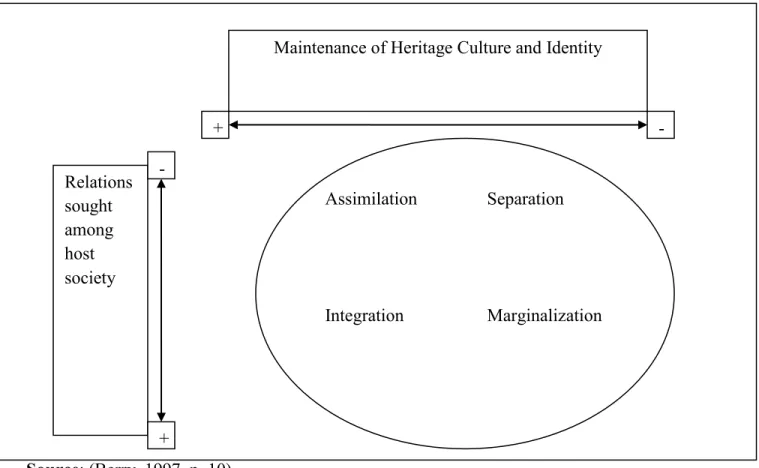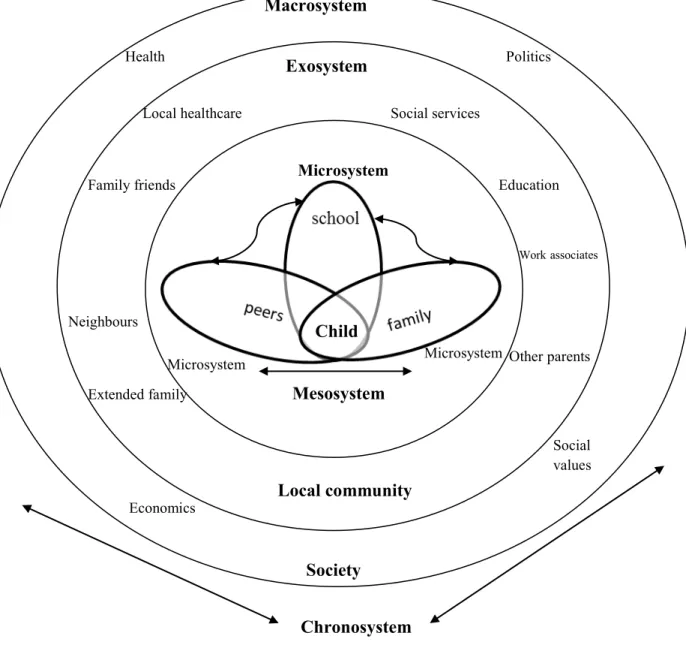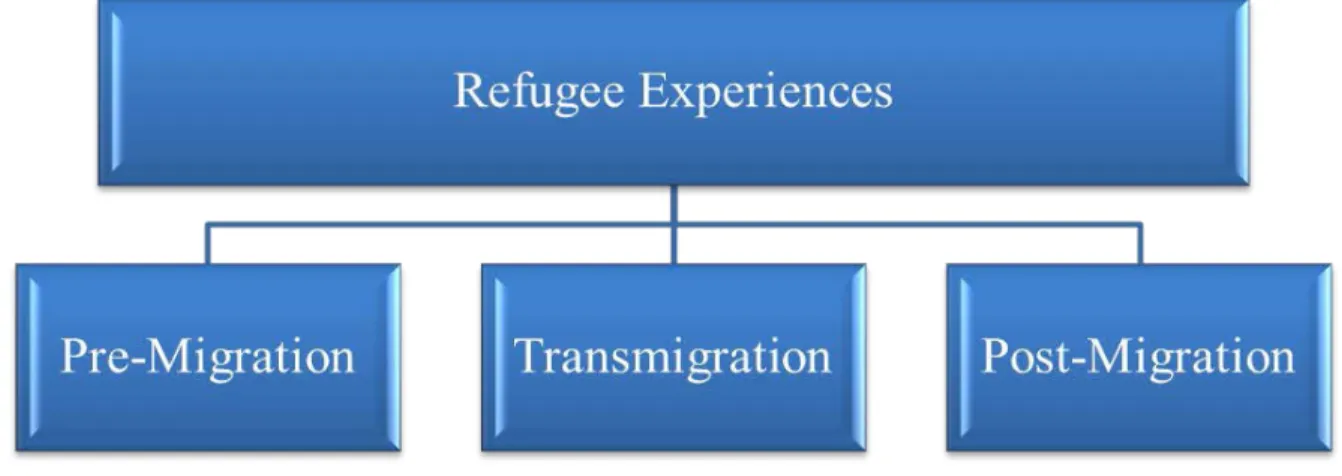The study was guided by three critical questions: i) who are the Zimbabwean refugee learners? ii) what was Zimbabwean refugee learners' . migration experiences? and iii) what were Zimbabwean refugee learners' school experiences. Learners' experiences were presented according to the three stages of refugee experiences (pre-migration, transmigration and post-migration).

Background to the Study
Zimbabwean Exodus
The Political Situation in Zimbabwe
According to Chitando and Togarasei (2010, p. 157): "The period between March and June 2008 represented one of the darkest periods in the post-colonial history of Zimbabwe". Hammerstad (2012, p. 1) argued that: "The political and economic debacle in Zimbabwe has led to a large-scale influx of Zimbabweans into neighboring South Africa."
Zimbabweans in South Africa
Schools and universities were closed and Zimbabwean children multiplied the number of refugee and asylum-seeking children in South Africa. The 9 Zimbabwean children encountered traumatic life experiences in their country and faced hostile communities in South Africa.
Statement of the Problem
Zimbabwean men, women and children were often specific targets in the increasing xenophobia in South Africa (Muzondidya, 2010). This study sought to investigate the experiences of children with specific reference to refugee learners from Zimbabwe who are at Chitate School of Refugees in South Africa.
Rationale of the Study
Third, from an intellectual point of view, there is a need to understand the experiences of refugee students and how they cope in their new environment.
Importance of the Study
This knowledge helps to gain a comprehensive understanding of what it means to be a refugee child and how resilience is a cornerstone of all forced migrants.
Focus of the Study
Research Objectives
Critical Research Questions
Organisation of the thesis
The model was used as an analytical framework of refugee learners' migration and school experiences. Refugee learners' migration experiences were presented according to the three stages of refugee experiences (pre-migration, transmigration and post-migration).
Conclusion
Introduction
Who is a Refugee?
Unaccompanied children
24 According to Bhugra et al. 2011) refugee children find it difficult to adapt at home and at school. Both experiences in the home country and in transit can cause a lot of stress for refugee children (Lustig et al., 2004).
Experiences in the Home Country (Pre-migration Experiences)
Lack of travel documents causes refugee children to run away from the police all the time. While some refugee children may be expelled before reaching their settlement areas, others may be deported after living in the host country for many years (CoRMSA, 2008).
Experiences in the Host Country (Post-Migration)
- Acculturation Strategies
- Post Traumatic Stress Disorders
According to Berry (1997), some refugee children cannot adhere to all facets of the culture of the host country. They will conform to the culture of the host country in terms of its norms, values and behavior (Berry, Phinney, Sam & Vedder, 2006).

Access to Health Care
Some children are denied medical care because they cannot speak the host country's language. Anstiss, Ziaian, Procter, Warland and Baghurst (2009) confirmed that it is difficult for refugees to obtain their right to health care due to their inability to express themselves in language and also the distance they keep away from health centers.
Violence and Xenophobia
Some refugee children may not seek health care due to fear of interacting with local people who may discriminate and make xenophobic comments about their refugee status. All people have inalienable rights, but this is hardly the case for refugee children who experience difficulties in getting support from the South African host government.
Refugees’ Right to Education
- Unqualified Teachers
- Grouping of Refugee Children
- Language barriers
The problem of adaptation of refugee children is compounded by little support and insufficient resources in schools. Refugee children need to understand the language used in the host country because lack of language (knowledge) compromises their learning, job opportunities after school, and ability to participate in various activities such as entertainment (Beiser, 2009).
Refugee Education in South Africa
Challenges of Accessing Education in South Africa
Many refugee and asylum-seeking children in South Africa are not in school despite constitutional provisions (Baalen, 2012). Findings from a study by Sharghi (2000) of Congolese refugee children in South Africa reveal the inclusion.
Department of Home Affairs in South Africa
People's failure to get refugee status causes many children in South Africa to be out of school. Nnadozie (2010) claims that refugee and asylum-seeking children in South Africa spend part of their school time trying to obtain refugee permits.
Conclusion
64 An anonymous asylum seeker waiting for asylum outside a refugee reception office in Pretoria, South Africa, said: “They are walking you. Despite this, CoRMSA (2011) argues that it is very difficult for asylum seekers and refugee children to access education in South Africa.
Introduction
- Microsystem
- Mesosystem
- Exosystem
- Macrosystem
- Chronosystem
- Refugee Learners and the Microsystem
- Refugee Learners and the Mesosystem
- Refugee Learners and the Exosystem
- Refugee Learners and the Macrosystem
- Refugee Learners and the Chronosystem
It enables readers to have a comprehensive understanding of the growth and development of refugee children and what is happening in the environment that surrounds them. It is a key determinant of the educational performance of refugee children and their adaptation to society.

A Conceptual Framework for Understanding Refugee Learners’ Experiences
Relationship Between Stages of Refugee Experiences and the Bronfenbrenner Model The three fundamental stages of refugee experiences (pre- trans- and post-migration experiences)
When refugee children move from before, trans-migration to after, they have to adapt to new social systems. 2004) argued that ecosystems feature prominently in each of the three phases of refugee experiences. 83 Hamilton and Moore (2004) assert that the experiences that occur within each of the stages can influence the development and adaptation of refugee students within the schools of the host society.
Conclusion
Refugee students carry with them their past experiences, including an understanding of their roles and expectations in former social ecosystems and the disparities that have been or have been caused by the process of forced migration (Hamilton & Moore, 2004). They must adapt to new demands caused by the marked and often simultaneous changes in their social ecosystems that occur as they move from pre-migration to transmigration and post-migration contexts (Hamilton & Moore, 2004).
Introduction
Research Approach
Research Paradigm
Research Design
Creswell, Hanson, Clark Plano, and Morales (2007) argue that case studies and narrative research can look similar, especially when the focus is on a single case study. A case study was ideal to use in this study because it had one setting (Chitate Street School of Refugees), one group of participants (Zimbabwean refugee students) and one situation (refugee experiences).
Study Area
The students at Chitate Street School come from 12 different African countries namely Zimbabwe, Swaziland, Lesotho, Mozambique, Democratic Republic of Congo, Uganda, Malawi, South Africa, Somalia, Sudan, Ethiopia and Rwanda (Principal's Speech, 2009 ). Most of the students come from Zimbabwe, hence the suitability of Chitate Street Refugee School for this case study.
Sampling Procedures
Quota Sampling
88 The school was preferred for this study because it was primarily intended to help refugee children (Chitate School Profile, 2010).
Purposive Sampling
Snowball Sampling
Concept/theory-based sampling is used when a study requires an examination of a particular type of case. Examples of samples by case type include extreme case, intensive case, typical case, unique case, reputational case, critical case, and concept/theory-based case (McMillan & Schumacher, 2010).
The Sample and Size
The principal was included in the sample to share information about the school. A school counselor was included in the research because he works closely with refugee children who have experienced trauma; but also cooperates with parents and teachers.
Data Collection Methods
Semi-Structured interview
93 semi-structured interviews were used to collect data from the school principal, parents/guardian, teachers, counselor and students. The most important thing about semi-structured interviews is that the participants have the freedom to express their views on the topic.
Documentary Sources
Semi-structured interviews were ideal in this case because they allowed me to ask more information from the respondents by probing the questions based on their answers and, at the same time, remained focused on the study. Information from the autobiographies was corroborated with information from interviews and focus group discussions to support the experiences of the refugee children in the study.
Focus Group Discussions (FGDs)
Autobiographies provided detailed accounts of refugee children's lives that were vital to making meaning of their experiences. I created a pleasant environment (by banning teasing and belittling others) that made learners feel comfortable to freely discuss their diverse views about their experiences.
Validity and Trustworthiness of the Study
Ethical Issues
Three parents/guardians (whose children were among the 16 selected students) signed two consent forms, one for their child's participation and the other for their participation (parent/guardian) in the study. All children were given consent forms to sign indicating that they were aware that they were not required to participate in the study.
Rapport Building as an Ethical Strategy
I shared my experiences with learners as a Zimbabwean who also went through horrible and traumatizing experiences. 2010) claim that sharing your personal experiences with participants frees them up to share their experiences with you in the interview. Sharing experiences with the children made them feel free and encouraged them to share their own experience as well.
Delimitations of the Study
A qualitative research approach was used to answer critical questions in the research. Because the study had one setting (Chitate Street School of Refugees), one participant (refugee students from Zimbabwe), and one situation (refugee experiences), a case study was identified as the most appropriate research design to use.
Introduction
Zimbabwe Refugee Learners’ Identities
- Lloyd
- Susan
- Nancy
- Nomsa
- Oliver
- Jonathan
- Joseph
- Byron
- Alexio
- Memory
- Hillary
- Jacob
- Natasha
- Reuben
- Place and Age/Date of Birth
- Family Background
- Community and Context
Oliver, who was interviewed on the same day as Nomsa (8 March 2012), said: “My name is Oliver. Joseph wants to finish school and go to university to study law: "My favorite subjects in high school are English language and history.
Zimbabwe Refugee Learners’ Migration Experiences
PRE-MIGRATION EXPERIENCES
- Harsh Economic Conditions
The student had to seek refuge in South Africa due to political persecution being very high in the country. Similarly, Nomsa said: "My mother and I did not care about the political violence that was happening in the country.
TRANSMIGRATION EXPERIENCES
- Crossing the Border
- Traveling Long Distances from the Border
- Finding the School
- Discrimination
- Conclusion
Maria said: "We were working (selling bread, polish, sweets) in the Musina camp" (Interview, March 6, 2012). All students reported that discrimination in DHA in South Africa is on the rise.
Introduction
History of Chitate Street School
The school is on a street called Chitate, hence the name Chitate Street School of Refugees. According to Chitate Street School records, by the end of 2008, the school had a total of 127 children.
Counselling Services Initiated by Chitate Street School
Jacob said: “The way I saw my mother dying was always in my memory even when I was at Chitate School. In the United Kingdom, Hodes (2000, p. 62) postulates that: “most young refugees will cope well with the horrific events to which they may have been exposed and the very difficult circumstances in which they and their families must live." Despite their experiences of PTSD, the Zimbabwean refugee children were faced with the need to negotiate a curriculum that bears striking similarities to, but also differences from, the one they knew.
The Curriculum at Chitate School
School Curriculum for Primary and Secondary Learners
The principal said: “The decision to use Cambridge in the secondary school was agreed upon by the school (teachers and bishop) and the refugee community” (Interview, May 27. The school teachers and the refugee community decided to follow the Cambridge curriculum for three major reasons, namely: .. i) The Cambridge curriculum is international.
